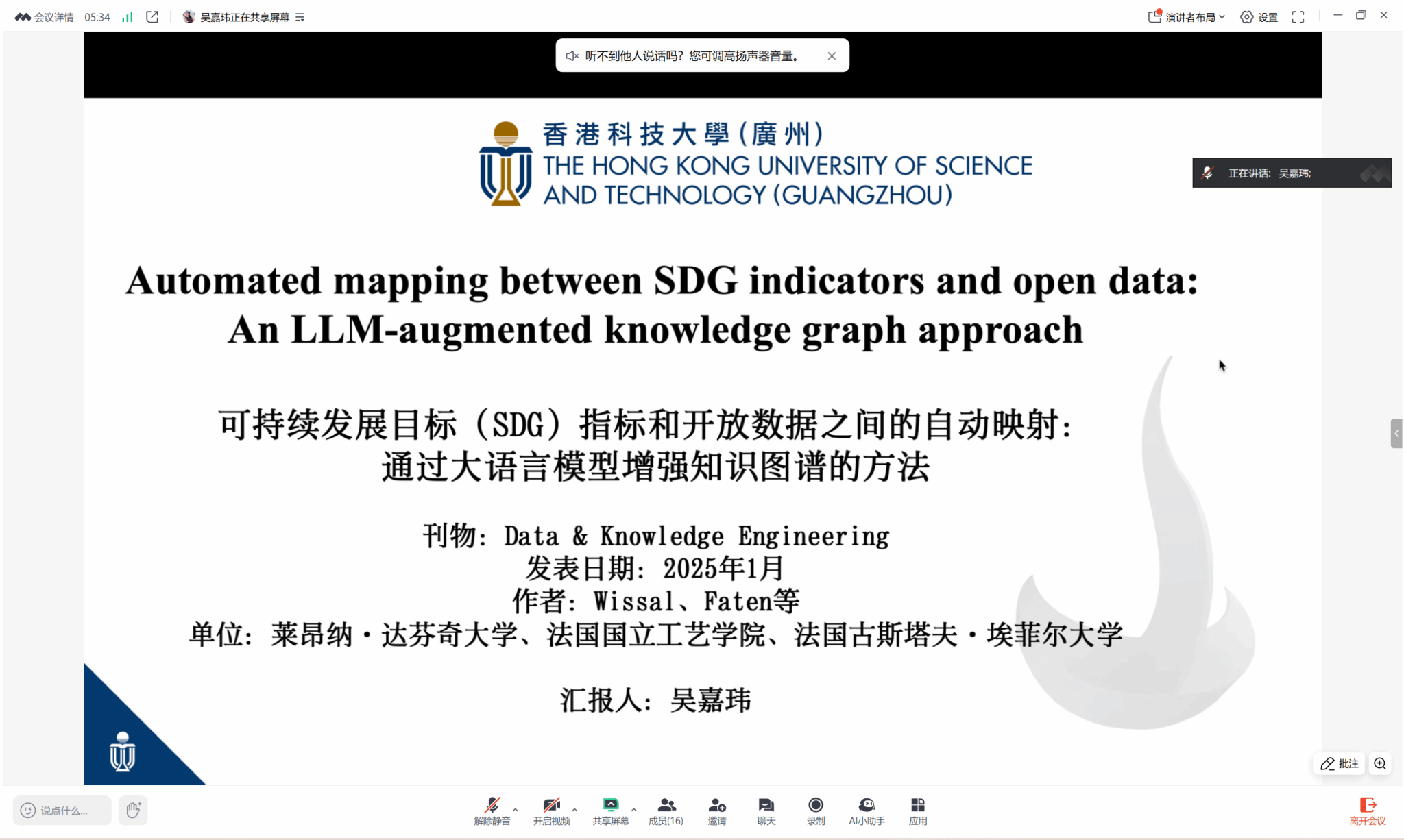时间:2025年6月14(周六)9:00
地点:气候变化与能源经济研究中心会议室
Paper1:陈发毅 EU carbon prices signal high policy credibility and farsighted actors
摘要:Carbon prices in the EU emissions trading system are a key instrument driving Europe’s decarbonization. Between 2017 and 2021, they surged tenfold, exceeding €80 tCO2−1 and reshaping investment decisions across the electricity and industry sectors. What has driven this increase is an open question. While it coincided with two significant reforms tightening the cap (‘MSR reform’ and ‘Fit for 55’), we argue that a reduced supply of allowances alone cannot fully explain the price rise. A further crucial aspect is that actors must have become more farsighted as the reform signalled policymakers’ credible long-term commitment to climate targets. This is consistent with model results that show historic prices can be better explained with myopic actors, whereas explaining prices after the reforms requires actors to be farsighted. To underline the role of credibility, we test what would happen if a crisis undermines policy credibility such that actors become myopic again, demonstrating that carbon prices could plummet and endanger the energy transition.
Paper2:吴嘉玮 Automated mapping between SDG indicators and open data: An LLM-augmented knowledge graph approach
摘要:Meeting the Sustainable Development Goals (SDGs) presents a large-scale challenge for all countries. SDGs established by the United Nations provide a comprehensive framework for addressing global issues. To monitor progress towards these goals, we need to develop key performance indicators and integrate and analyze heterogeneous datasets. The definition of these indicators requires the use of existing data and metadata. However, the diversity of data sources and formats raises major issues in terms of structuring and integration. Despite the abundance of open data and metadata, its exploitation remains limited, leaving untapped potential for guiding urban policies towards sustainability. Thus, this paper introduces a novel approach for SDG indicator computation, leveraging the capabilities of Large Language Models (LLMs) and Knowledge Graphs (KGs). We propose a method that combines rule-based filtering with LLM-powered schema mapping to establish semantic correspondences between diverse data sources and SDG indicators, including disaggregation. Our approach integrates these mappings into a KG, which enables indicator computation by querying graph’s topology. We evaluate our method through a case study focusing on the SDG Indicator 11.7.1 about accessibility of public open spaces. Our experimental results show significant improvements in accuracy, precision, recall, and F1-score compared to traditional schema mapping techniques.
